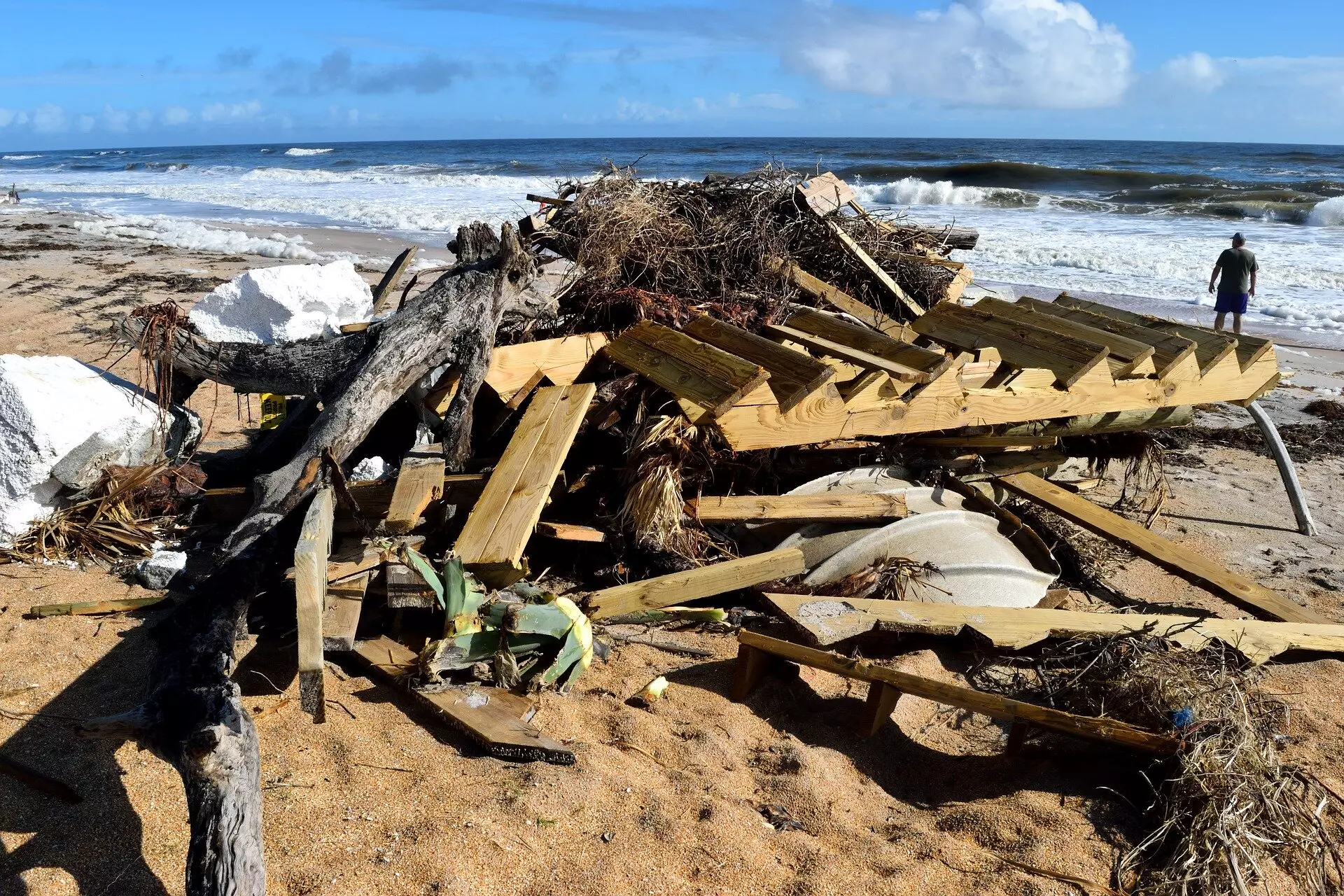Hurricanes and severe weather phenomena have consistently posed significant dangers, both to human life and economic stability. With a staggering $2.6 trillion attributed to weather calamities in the U.S. between 1980 and 2023, recent years have shown no signs of abatement. The year 2022 alone witnessed 18 disasters, each racking up costs of over $1 billion. As climate change continues to heighten the severity of these natural disasters, it is crucial to enhance our forecasting abilities.
Between 2000 and 2021, hurricanes were responsible for nearly 2,000 fatalities in the U.S. Such statistics highlight a chilling reality: despite advances in meteorological technology, forecasting remains a critical area of improvement. The consequences of failing to accurately predict hurricane behavior can be catastrophic, leading to loss of life and immense financial costs. Enhanced predictive modeling can thus be viewed as a life-saving effort, offering the potential to streamline evacuation procedures and optimize emergency response strategies.
In pursuit of advancing our understanding of hurricane dynamics, a team of researchers at the University of Houston has been investigating the effects of atmospheric friction on hurricane strength. Led by Assistant Professor Mostafa Momen and graduate student Md Murad Hossain Khondaker, this innovative research seeks to gain insights into the complex interplay of factors that influence storm behavior. Utilizing the powerful Bridges-2 supercomputer at the Pittsburgh Supercomputing Center, the team explored how adjusting the parameters of atmospheric friction could enhance predictive models.
Atmospheric friction plays a dual role in hurricane formation. While the sun’s energy drives the intensification of storms, the resistance presented by atmospheric friction limits this growth. The extent of this friction’s impact, however, remains inadequately understood. Khondaker’s inquisitiveness led to the hypothesis that modifying the assumed levels of friction could yield more accurate forecasts. The technical requirements of this research demanded extensive computational power to analyze the substantial datasets, and Bridges-2 provided unrivaled resources to facilitate the research.
Utilizing over 300,000 CPU-core hours, the researchers conducted simulations of Hurricane Irma, employing an unprecedented level of detail with an eight-kilometer horizontal resolution. Preliminary findings revealed that refining the diffusion parameters in their models could dramatically improve the accuracy of hurricane intensity forecasts—by as much as 40% when compared to standard weather prediction systems. This marked a significant step forward, demonstrating that minor adjustments in simulated friction levels have profound implications for real-world disaster preparedness.
The enhancements in hurricane modeling do not only pertain to wind intensity; they extend crucially to rainfall predictions. The adjusted simulations indicated that the localized intensity of rainfall could shift, which emphasizes the importance of accurate forecasts. Notably, while more intense hurricanes do not necessarily result in increased total rainfall, they can provoke situationally severe downpours in specific urban areas—often leading to devastating floods. This was starkly illustrated by the catastrophic flooding that followed Hurricane Harvey in Houston, underscoring the necessity for cities at risk to prepare and adapt their emergency protocols accordingly.
The research conducted by Momen and Khondaker represents a promising frontier in hurricane forecasting, combining advanced computational methodologies and meteorological insights. As climate change continues to reshape weather patterns, the importance of adaptable and precise forecasting grows ever more critical. Communities must harness this research to inform their responses, improve safety protocols, and ultimately enhance resilience against impending storms. This interdisciplinary approach will be key not just for accurate predictions but for the holistic preparation required to safeguard lives and resources in an uncertain future.
While the challenges posed by hurricanes persist, ongoing research offers hope for significantly improving our response strategies. The marriage of scientific research with practical applications presents a viable path forward in the struggle against the devastating impacts of extreme weather events.


Leave a Reply